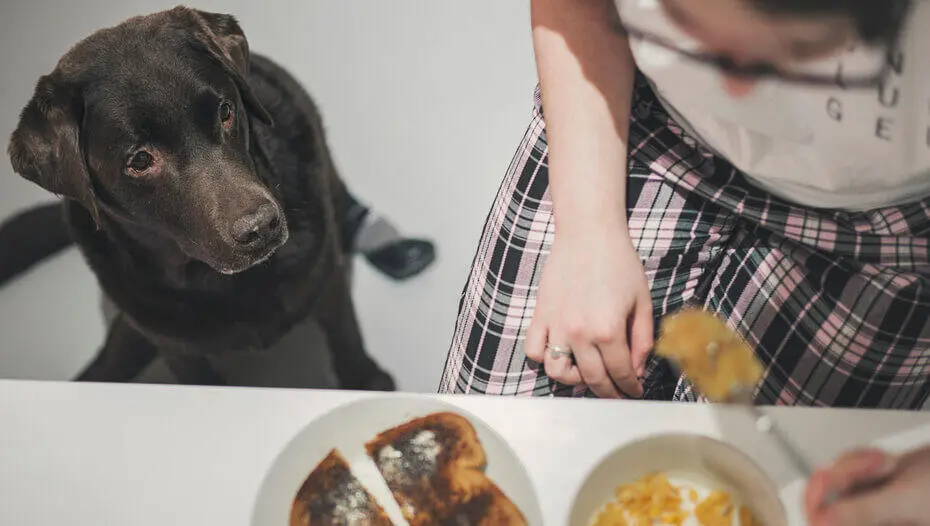We consume a lot of bread on a regular basis, but can our canine companions do the same? Our comprehensive guide will tell you whether bread is safe for dogs and what kinds to avoid giving them.
Most people eat bread every day in one form or another since it is an essential part of the human diet. It’s reasonable to say that, as a species, we consume a lot of bread. Whether it’s toast in the morning, sandwiches at lunch, or a thick piece of crusty bread with a hearty supper soup or stew, we love bread.
We Americans have a soft spot for dogs, so when Fido looks at us with those puppy dog eyes as we dig into some toast, the question naturally arises: can dogs eat bread? We’ve compiled this guide to answer all of your questions, from whether or not dogs may eat bread to which kinds are unsafe.
Do dogs like eating bread?
Well, kind of. The odd slice of white or brown bread might be a tasty treat for your dog, but you shouldn’t feed them too much of it. Some varieties may be harmful to your dog since they include ingredients like nuts; macadamia nuts in particular are poisonous, and the high fat content of all nuts makes them unhealthy for canines. Be wary because xylitol may be hidden in breads that include chocolate chips, raisins, onions, garlic, and even certain dessert breads.

We don’t recommend feeding your dog bread, but it’s their choice. It’s best to avoid giving your dog any bread unless it’s simple, very tiny in size and intended as a reward. Always remember that treats shouldn’t account for more than 10% of your dog’s total diet.
Can dogs eat bread?
Sadly, canines shouldn’t eat bread. Bread has a little nutritional benefit for dogs and is high in carbs, which may lead to obesity if fed in excess. When given high-quality, balanced dog food, your dog should obtain all the nutrients it needs. If your dog is one of the many who have severe reactions after eating wheat, you should steer clear of bread.
Dogs shouldn’t eat raw dough for bread.
Unbaked bread dough poses health risks to dogs, says the American Kennel Club. Their stomachs provide the perfect environment for the dough to rise, and when they consume it, it causes their stomach to distend and swell and releases hazardous quantities of ethanol into their circulation, potentially causing alcohol toxicosis.
Make sure your dog never eats raw bread dough, and if he or she does and you see any of these signs, call your vet right away:
- Elevated heart rate.
- Weakness.
- Unsteady gait – may appear almost ‘drunken’.
- Distended abdomen.
- Depression.
- Seizures.
- Respiratory failure.
- Low blood pressure.
- Retching or vomiting.
- In severe cases, you dog may fall into a coma.
The question is, “How do I give bread to my dog?”
Do not give your dog any bread, per our recommendation. In moderation, bread is good as a snack, but it has little nutritional value and may even be harmful to your dog. Instead, choose to pamper your dog with nutritious foods like raw veggies and lean meat that has been prepared.
Remember that dog companions are not human
While humans may get relief from an upset stomach by eating a slice of dry toast, dogs will not benefit from this practice. A bland meal of boiling chicken breast and rice is recommended if your dog has stomach distress, but you should always check with your vet before attempting anything at home.